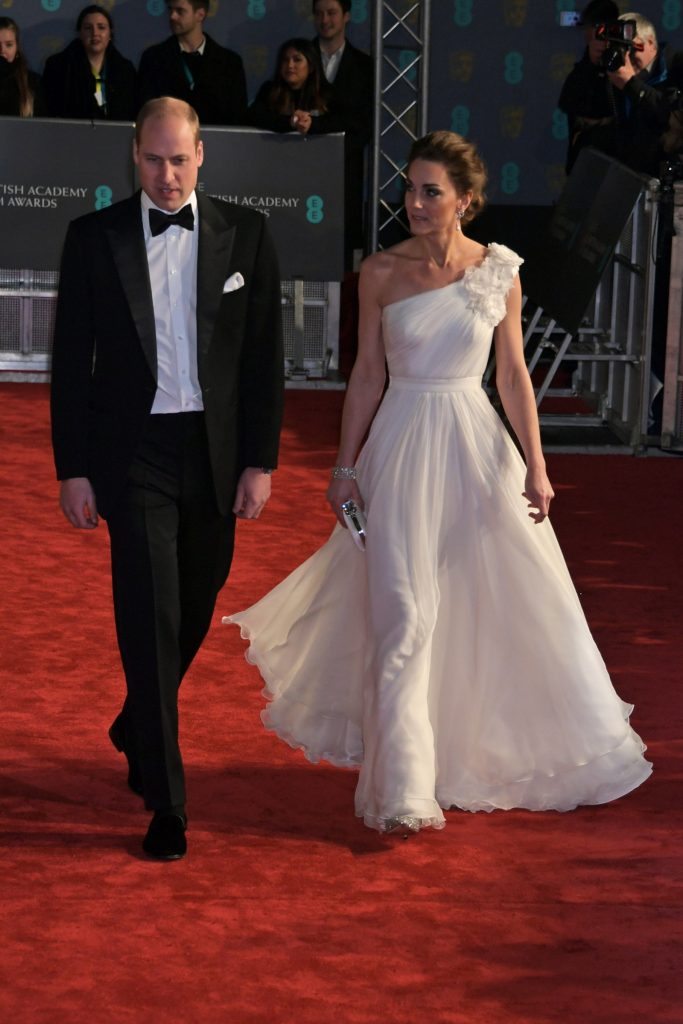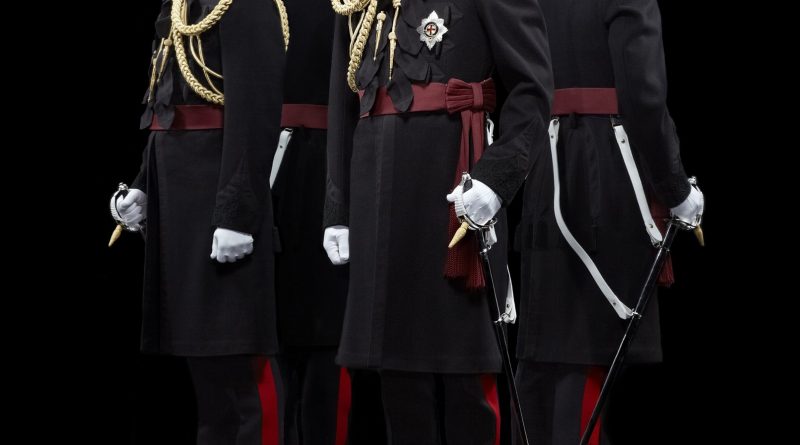Tuesday: Prince William at 40
On a Friday evening in September 1997 I was in South Kensington. Ahead of me, I saw a large, sombre group of people gathered on each side of the road. In respectful silence they waited for something. The traffic on the road had been temporarily stopped.
I too stopped to see what was going on. Shortly, police outriders appeared leading a cavalcade of dark cars along the eerily quiet road. The vehicle in front carried the coffin of Diana, Princess of Wales who had been killed in a car crash a week earlier. Her body was being brought from the Royal chapel at St James’ palace where it had lain for five days to Kensington palace in preparation for the funeral the next day.
In the car behind, travelling together, were Diana’s two young sons and her ex-husband, Prince Charles. The older of the two boys was Prince William, second in line to the throne. He passed, in the car, less than two feet from where I was standing, a boy of 15, the spitting image of the woman in the coffin, even down to her trademark blonde hair, staring resolutely ahead.
The next day most of the streets of London were silent again as it seemed the entire city was at home, watching the funeral on television. Along with over 32 million across the country and two billion around the world, I too watched the young blonde boy walk behind his mother’s coffin, his head mostly bowed, his hands defensively crossed across the front of his body. It was a heartbreaking sight and nobody begrudged the boys their privacy over the next years of their minority as they faced the challenges of teenage life alongside grief.
Even so, it soon became clear that William was developing into something of a pin-up.

It’s hard to remember now, when he is a married father of three, how rapturously he was received at public events in his late teens and early 20s. It was rockstar level adulation from screaming girls.
The next time I saw him in the flesh was in Middle Temple library. In 2011 he was made Royal bencher at the Inn, of which I am a member. Previously the position had been held by his mother. To mark the occasion the Smoking Room in the Bench Apartments was renamed the Prince’s Room in his honour.
By this stage he had lost his mane of blonde hair and even what was left was clearly rapidly diminishing. He was strikingly tall and athletic and while friendly and polite, brisk and business-like in his interactions. Of course, almost everyone in the packed library sneaked a photograph or two!
In the years that followed I saw him most often at the Bafta film awards. He was made president of Bafta in 2010 and when I covered the awards red carpet section, I would see him, sometimes on his own, more often with his wife Catherine (Kate). It was the only time I’ve seen Hollywood ‘A’ listers step aside and play second fiddle to someone. I continue to cover film events as well as the BAFTA’s and most recently saw the Prince at the James Bond premiere for No time to die and the Top Gun: Maverick premiere. Physically he has not changed much since he became president of Bafta.

However, just before the pandemic, I remember that I remarked to one of the journalists how ‘kingly’ he had suddenly become. From the way he alighted from his car, to the way he walked the red carpet, his movements were more deliberate, more authoritative, more regal. I didn’t know then of the supposed mayhem that was going on behind the scenes at Kensington Palace and the alleged rift that was developing between him and the brother he had once been so close to. But with hindsight, it seems that during that period, with whatever he was dealing with, William grew in stature and went from being one of the two young sibling princes to a king in waiting. The changes were both imperceptible and obvious. It was as if he embraced his destiny and took charge. Since then he has been a more commanding figure.
Today Prince William celebrates his 40th birthday.
The media has been full of pictures of him as a newborn, being carried out of Saint Mary’s hospital in Paddington by his parents to a waiting crowd and an avalanche of camera flashes.

Navigating those camera flashes must be as natural to him as breathing now because he faces them everywhere.
With his professional commitment to homelessness, the environment and mental health and his personal devotion to his family and the institution of monarchy, William has developed into a hugely impressive leader. Appearing very much to have his finger on the pulse of societal trends outside his own social orbit as well as a respect for the traditions of his unique heritage, he is every inch a credible modern monarch in a world that is increasingly unmoored, flitting from one fad to another and prone to destruction rather than building. With the greatest respect to his father, many see Prince William as the natural successor to the much admired Queen. However, his time will come. Prince Charles is the heir and will perhaps be the most qualified man ever to take on a job, having served such a long apprenticeship.
A friend who moves in royal circles once told me, that while William looks like a Spencer, he is a Windsor to his core in his character and personality. That’s a pretty powerful combination. He has Diana’s touch with the public. He‘s the first royal to have had a civilian job, working for several years as an Air Ambulance Pilot with East Anglia. But he also has the passion and commitment to still developing causes of his father, as well as the same desire to create a legacy. Prince Charles’ Prince’s Trust has changed countless lives. His, once mocked interests in the environment and organic farming are now mainstream concerns. Similarly, Williams’s Earthshot prize and other Royal foundation work are building on a sturdy base of research to create long term and enduring change in areas that are still works in progress. Institutions are only as archaic as the minds behind them. Prince William, on current form, looks sets to be a thoroughly modern monarch.
Happy birthday.







